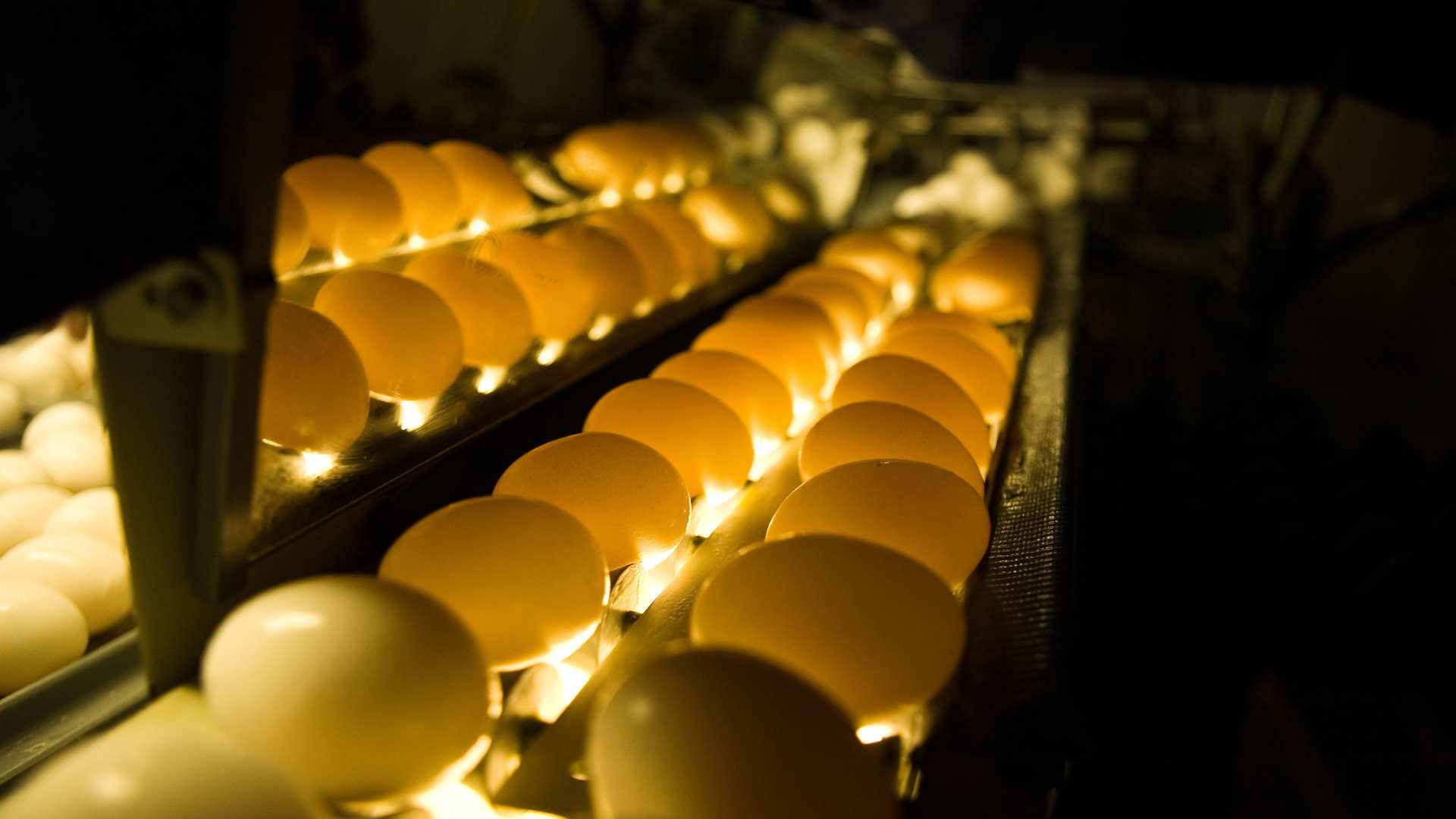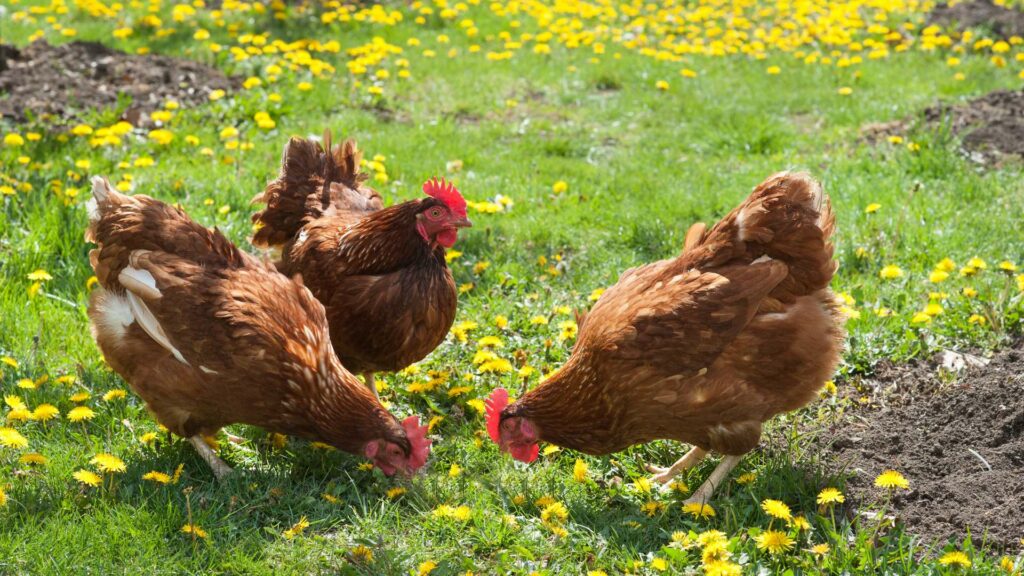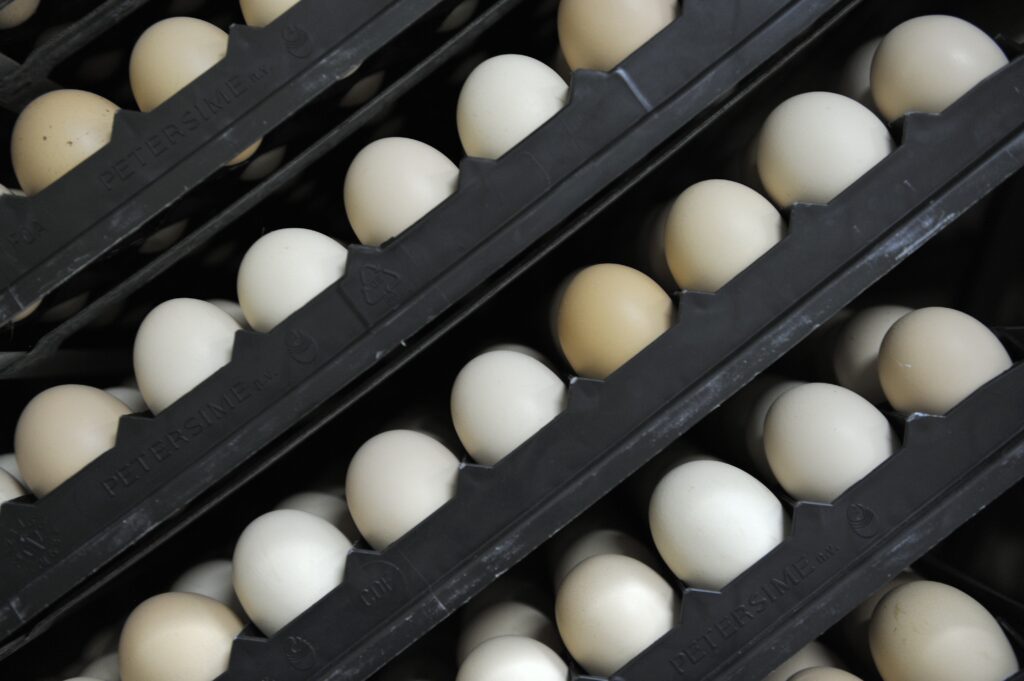Egg candling refers to a technique used to determine the quality and state of development of eggs. This method is generally used in the incubation process to ensure that all clutches are viable. Candling is a crucial step in ensuring a high hatching rate during incubation.
An effective technique for rearing laying hens
Candling involves examining each hen egg to be incubated in order to assess the quality and development of the embryo. Its integration into the brooding process guarantees a high hatching rate and minimizing losses.
You will need a light source to carry out this stage. This makes the hen’s eggshell transparent, allowing you to see inside. Depending on the level of development you see, you can plan the rotation of the broods in the incubator more carefully. In this way, all the broods benefit from an even distribution of heat and humidity.
The origins of this ancient technique date back to antiquity. In those days, bird breeders used candles. Over time, it improved with the advent of electricity. Professional bird breeders began using flashlights and incandescent bulbs.
Today, there are specialized devices such as the LaserLife® machine from Ecat-iD. It enables the smallest details to be observed more accurately and efficiently. These machines are equipped with LEDs or optical fibers. The examination technique has become more sophisticated with the use of infrared imaging technology. This makes it easier to detect developmental anomalies. Each farmer chooses the equipment best suited to the size of his farm and his needs.
The various advantages of this method
There are many advantages to using this candling technique. It allows you to make your business more profitable.
Guaranteeing brood quality
Examination ensures the quality of the broods to be incubated even before they hatch. This technique ensures that only viable broods are kept. It promotes the hatching of well-formed chicks. By examining each brood, the breeder is able to determine whether it is viable or not. The transparency of the shell makes it easier to observe the presence or absence of an embryo.
Improve brooding results
With candling, you can improve brooding results. You can optimize the rotation of each brood in the incubator and so you save time by identifying viable broods. Therefore, you can concentrate on caring for the broods that are developing well. Based on the results of this analysis, you are able to adjust the temperature and humidity during artificial incubation. These adjustments tend to improve the conditions in which the chicks develop. The chicks hatch after 21 days of artificial incubation.
The steps involved in carrying out the examination
As with all breeding techniques, there are a number of steps involved. They must be carried out with care and rigor.
Selecting the right broods
To begin with, we recommend waiting at least 5 days after the laying hens have been laid before carrying out the examination. This makes it easier to check the viability of the chicks. This is represented by a small brown spot.
You should be able to make out the small veins that allow it to feed. The spot grows as the chick develops. Just a few days before the egg hatches, only the air sac remains transparent. Before proceeding with the examination, make sure you select intact and perfectly clean broods.
Choose an appropriate location for the examination
Choose a quiet, dark place, free from all sources of extraneous light, to carry out the examination. It is even recommended that you perform the candling in complete darkness. You’ll be able to see the various details inside each brood better, enabling you to make the right decisions.
Use a suitable light source
The light source should be powerful enough to illuminate the inside of the brood. You can use a torch, a candle or an incandescent bulb. Stroboscopic light is also used by many professionals.
In all cases, each examination takes just a few minutes. Avoid exposing broods to light for too long, as this could disrupt their development. For greater vigilance, opt for equipment fitted with LEDs. These types of lighting protect all broods from any damage.
Observe broods properly
When observing broods, take them individually and place them in front of the light source. Examine them from different angles to detect any anomalies or signs of development. Handle them with great care, as eggs are relatively fragile.
Be sure to check the stability of the support. You should also prepare all the materials you need. This way, you have them to hand throughout the inspection process.
Practical tips for optimising the examination
Use these tips to successfully candle the eggs in the incubator to help them hatch properly.
Candling clutches at the right time
You need to examine the eggs in the incubator at the right time. It all depends on the type of bird and for how long it has been incubating. As a general rule, it is recommended that hens should be examined 5 to 7 days after laying.
Follow the specific recommendations made by experts for each species to maximize the chances of success. You can also carry out a second examination at the end of the 14th and 15th days of brooding. It is not advisable to handle the eggs a few days before they have finished incubating. This will optimize their chances of hatching properly.
Use the light source correctly
Although there are many state-of-the-art tools available, many breeders still use traditional techniques such as using a torch for example. In this case, it is crucial to focus the beam of light on the broods to be examined.
You can use the cardboard tubes inside toilet paper rolls. First, place the torch in this holder. Then cut a small hole in the cardboard and place it over the light source. Make sure you have a stable structure to prevent any damage to the broods.
Light broods are easy to examine with any type of light. However, for darker broods, you need to use powerful lamps, while ensuring that the light has no impact on their development.
Observe each brood carefully
It takes a few practices to detect all the changes inside each brood but you will gain experience over time. Moreover, many documents show the details you need to find according to the number of days of brooding.
Candling is a technique commonly used by professional breeders. It helps to ensure that the animals are in good health. What’s more, it allows you to detect any potential problems with the broods at the right time. This way, you can then take the necessary steps to remedy the situation.




